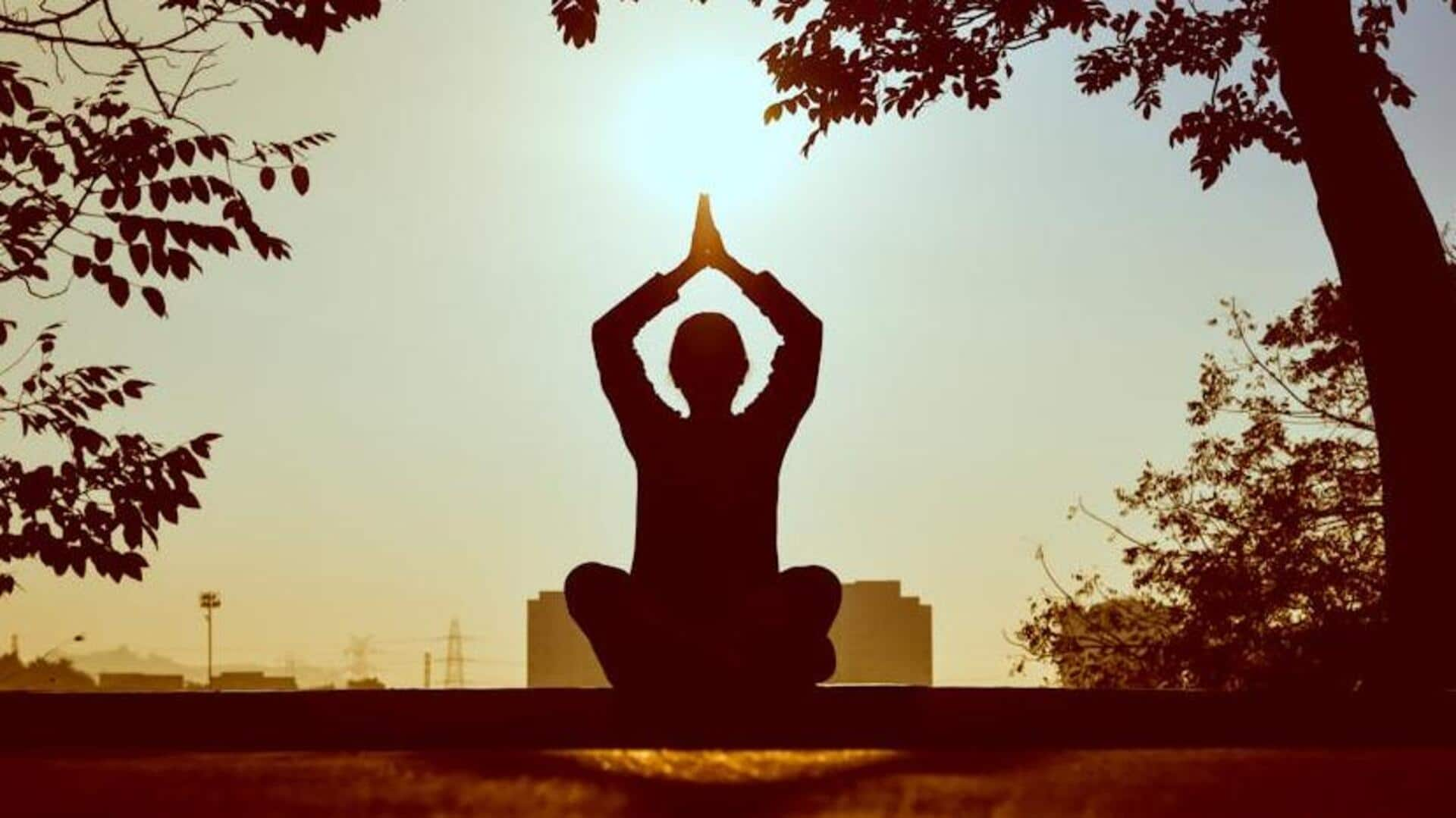
Art meditation: Concept and how to practice
What's the story
Art meditation combines the calming effects of meditation with the creative process of making art. This method can help you find inner peace by focusing your mind and expressing emotions through artistic activities. Unlike traditional meditation, which often involves sitting still, art meditation allows for movement and creativity. It makes it accessible to those who may struggle with conventional methods. Here are some insights on how to effectively practice art meditation for achieving tranquility.
Medium selection
Choose your medium wisely
Selecting the right medium is key to art meditation. Be it painting, drawing, or sculpting, go for a medium that resonates with you personally. Some find the fluidity of watercolors comforting, while others prefer the precision of pencils or pens. The key is to pick a medium that feels natural and enjoyable so that you can immerse yourself fully in the process without distraction.
Environment setup
Set up a calm environment
Creating a peaceful environment is key to effective art meditation. Find a quiet spot where you won't be disturbed and keep your materials within easy reach. You may consider playing soft music or sounds of nature if they make you relax further. A clutter-free area can enhance focus and let your mind engage more deeply with your creative expression.
Process focus
Focus on process over product
In art meditation, the journey is more important than the destination. Focus on every stroke/movement instead of stressing over making a flawless piece of art. This change in focus minimizes stress and promotes mindfulness as you immerse yourself in every moment of creation, without judgment or expectation.
Color usage
Use colors mindfully
Colors can also have psychological effects, which can impact mood and emotions during art meditation sessions. Warm colors such as red and orange may energize, while cool colors such as blue and green tend to calm and soothe. Experiment with different color palettes to see how they impact your state of mind during practice.
Reflection time
Reflect on your experience
After an art session, take some time to reflect on what you've created and how you felt throughout the process. Consider maintaining an art journal where you jot down thoughts on how each session was—this reflection deepens self-awareness over time as you start noticing patterns from repeated practices.